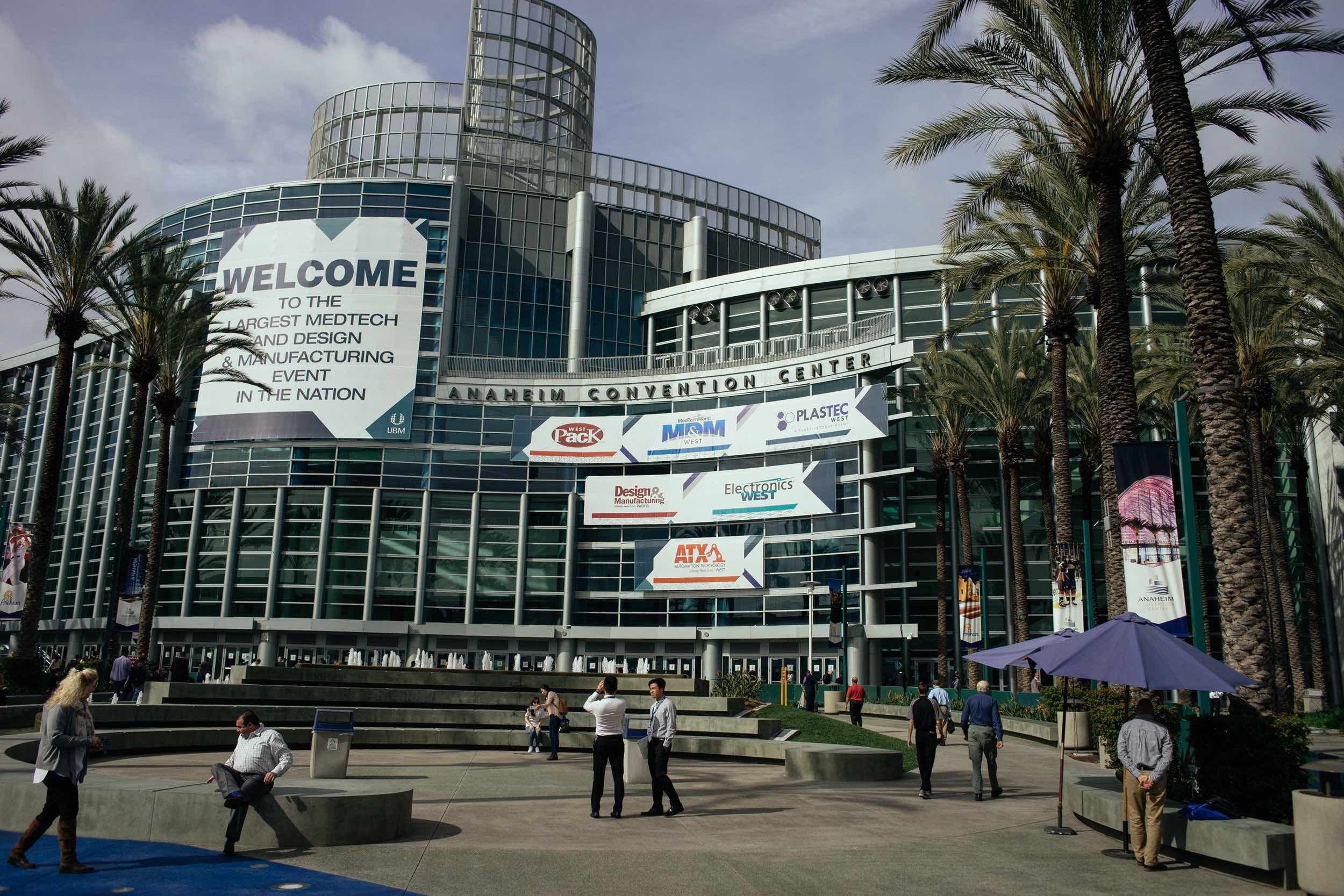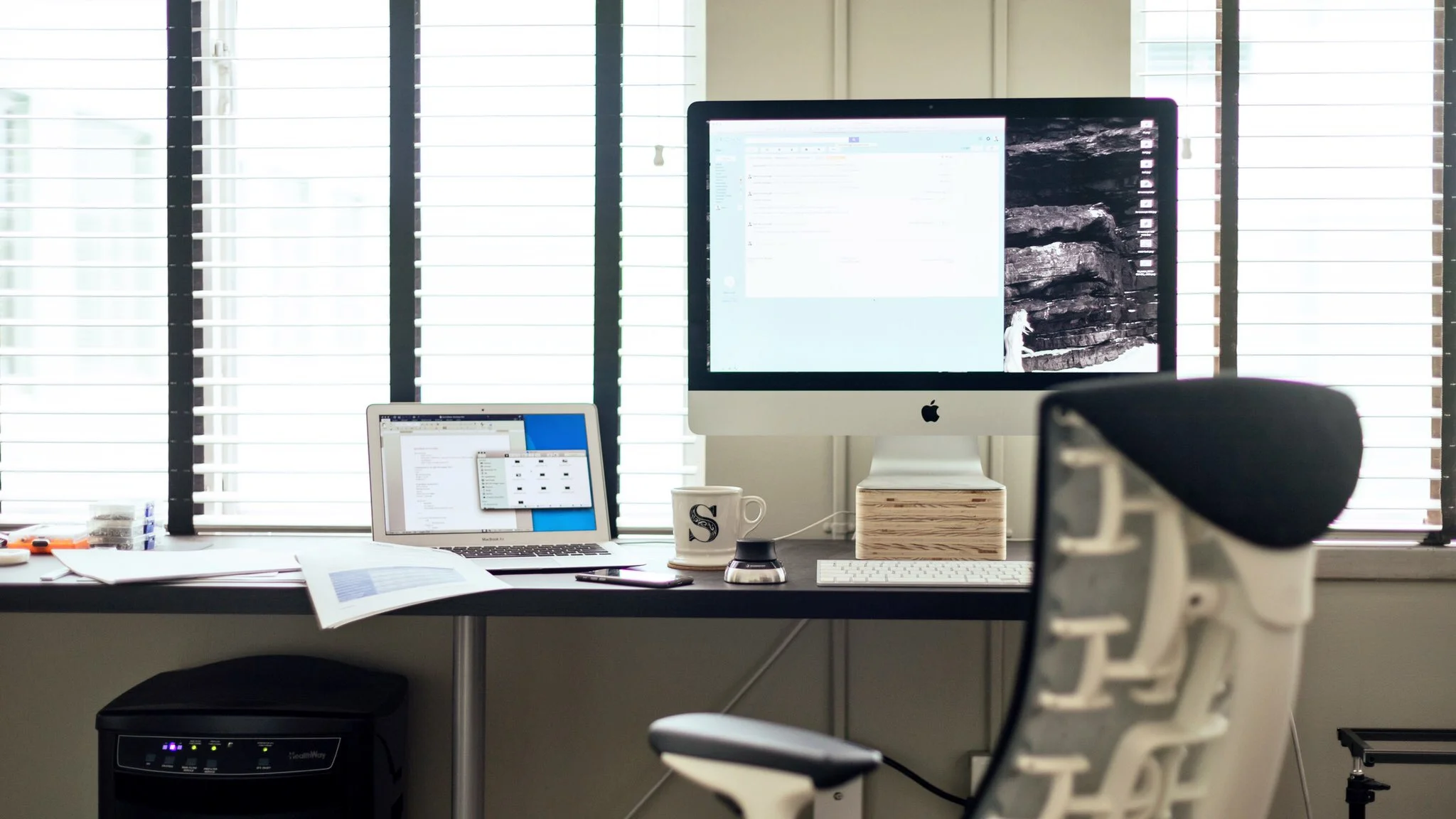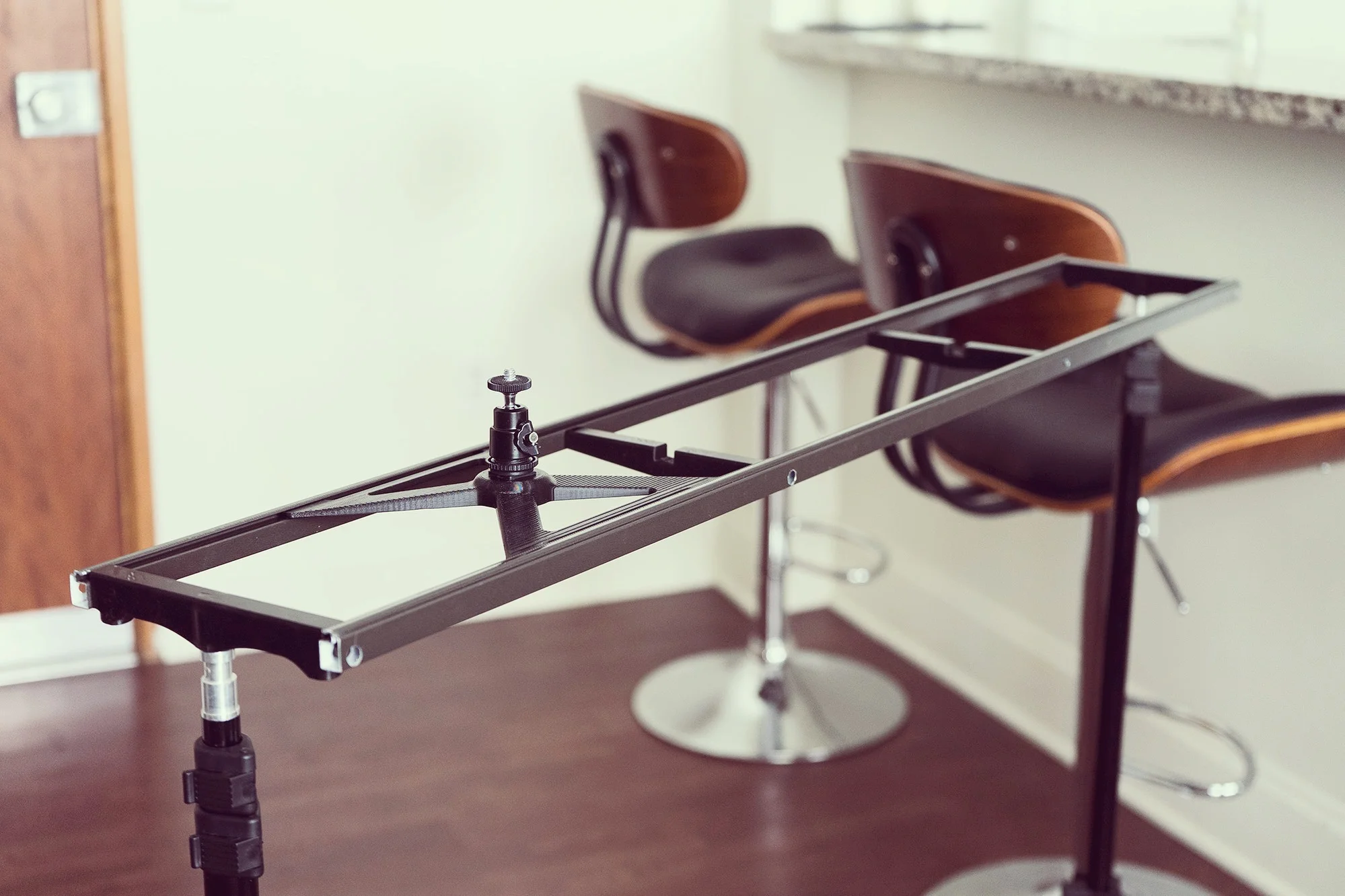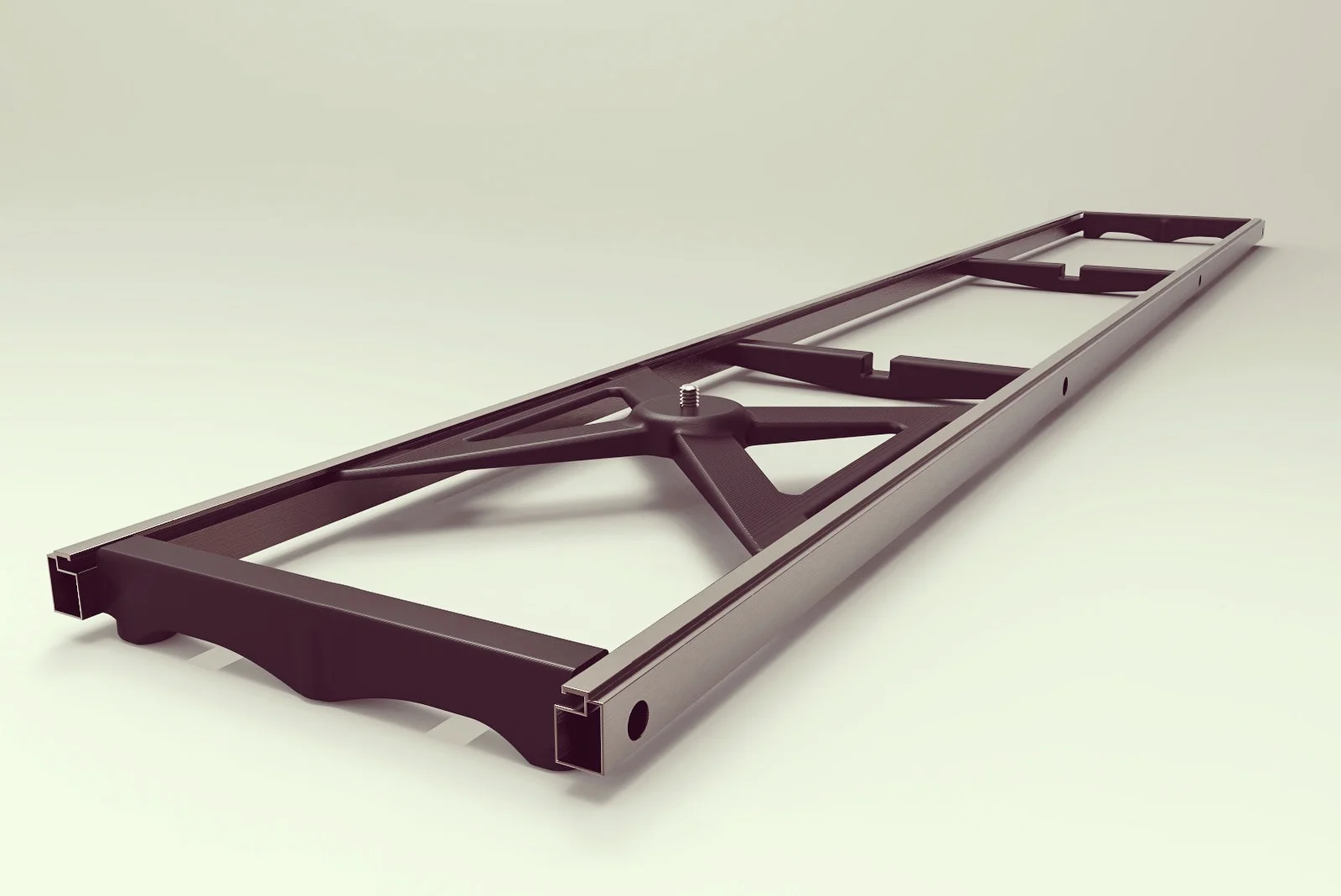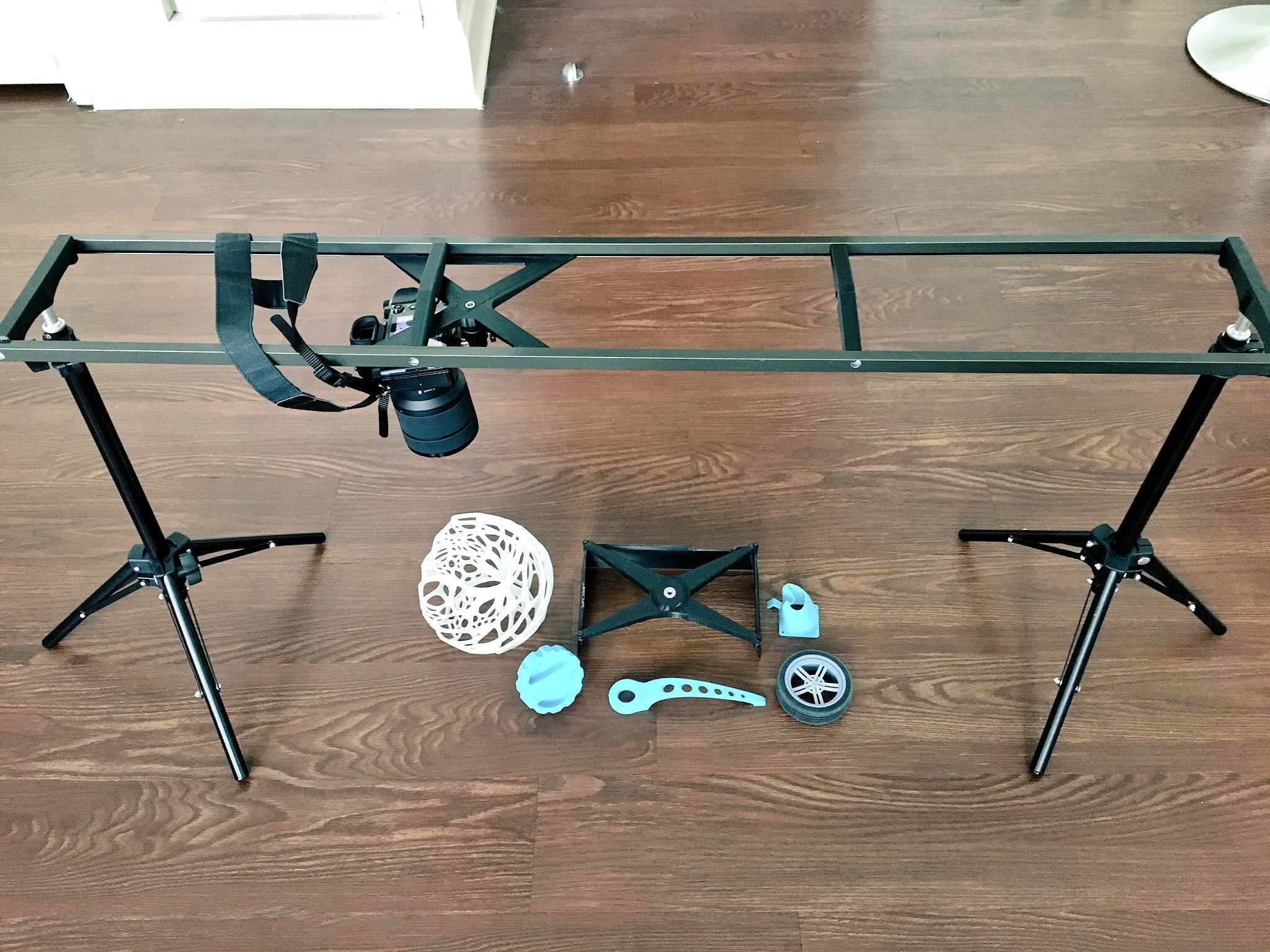Contrary to my usual highly visual posts, I’m going to hit you with a wall of text. Don’t bail just yet though because we’re going to discuss something everyone avoids: $.
I get calls daily from individuals with great ideas that they want to bring to market and I want to address some common misconceptions. To be frank, generally product development in the physical space is a complicated and expensive process. While we here at BRCHN Design House have ways to simplify industry norms and streamline the process, we aren’t magicians. Don’t get me wrong, I’m happy to get the calls and my business & passion are based around just that.
Let’s snapshot a few recent new-to-market products.
Dyson spent $71 million over the last four years developing their innovative, medium complexity consumer product; a hairdryer.
Nvidia spent “billions” of dollars designing their newest video card, the GTX 1080.
Both of these products made headlines because of their proprietary technology and huge development costs. While these examples may not be extreme outliers, they are certainly at the high-end financially. A lot of the inquiries I get are for ideas of similar size and complexity to the Dyson hair dryer. Speaking candidly, our pricing is somewhere between the best freelancers and large industrial design firms and our capabilities and results are on par with the best in the industry. That being said, I have yet to quote anyone at even 1/500th of the Dyson hair dryer development budget.
The big misconception from most individuals that call with their ideas is that a manufacture-ready design comes to existence quickly and easily. To give some insight here, I’ll summarize the traditional concept-to-market process (borrowing from a great post on Quora):
The process begins with you, the client, creating a Product Requirements Document (PRD). This is a description of what you want your product to be, and should include feedback from all departments; marketing, sales, users, etc. Even with all the preliminary work, it will still likely need to be expanded in more detail with us, the development team, but you should be able to come up with a good starting point on your own. This will be a living, breathing document.
If the technology is not a known entity, you will want to have domain experts (in Electrical Engineering Mechanical Engineering, Computer Science, etc.) reduce/develop the technology to a point where it can be commercialized. This can be a significant step for high-tech products.
From here, Industrial Designers will take the PRD, the technical limitations of the technology, and usability considerations, and distil them into some rough "blue sky" concept sketches, with a little bit of technical input from Mechanical Engineers and other experts. The number of concepts to be delivered is usually agreed upon in the contract. Also, depending on the nature of the product, rough models might be mocked up to aid in the evaluation of ergonomic considerations.
At this point, the concepts are shown to you, the client. You can choose to take these to customers, but often you will review them with resources internal to your company, or with a select few Subject Matter Experts (SME), Key Opinion Leaders (KOL), or some other marketing term for 'important people'.
Based on initial feedback, you down-select from the rough concepts; usually to 2 or 3. It is at this point also where you will notice specific details they had not considered before and express a preference. This often manifests itself in a "take the knobs on concept foam core A and the widgets from concept B and roll them into concept C" sort of conversation.
The concepts that have made the cut are refined further. This next round of concepts often has cleaner drawing, more consideration to manufacturing cost, assembly, technical feasibility, reliability, and other engineering factors. The designers may also create some 3D models to better communicate the geometry to the client. They may also create 3D models sufficient to be prototyped as appearance models. These appearance models can be used to show to users for feedback.
The concepts are presented and you down-select to one concept. Alternatively, you can discuss taking elements from one design and adding them to the other design. This would be discussed with the designers and engineers and evaluated for technical, ergonomic, and aesthetic efficacy. If it seems appropriate (and has been agreed to in the contract, or you’re willing to pay for the additional work), the designers and engineers will go back and refine the concept until all stakeholders are satisfied.
Usually it helps for the designers to create a 3D underlay to give the engineers a starting point, so the designers might do that.
From here the engineers begin to take over. CAD geometry is created (either off of 2D or 3D underlays from the designers) with considerations for manufacturing, shock and vibration, component placement RF shielding, weight, chemical resistance, ingress protection, fatigue, and other requirements.
As the CAD geometry is created, frequent prototyping is critical. As soon as a scheme is developed to accommodate the requirements alluded to previously, it should be physically prototyped. This can be expensive, but neglecting to truly solve high-level problems results in expensive detail work being done on a shaky foundation, with all the risk that such an approach entails (lots of it!).
From here it is just prototype and iterate until the requirements are achieved. This is the time frame where tradeoffs are often made. Aesthetic, usability, cost, schedule, and other considerations are all vying for attention, and sometimes the choices are mutually exclusive. This is a point where the PRD is worth its weight in gold. A clear understanding by all parties (from engineer to CEO) of what this product wants to be is necessary for clean execution of development. Changes to the PRD at this point can be expensive (both in money and time). It is up to you to determine whether a (to make a number) 5% drop in quality or increase in material costs is preferred over a 1-month delay in release date. This estimation may yield different results for products with a short sales cycle (consumer electronics) than those with a longer sales cycle (capital equipment).
Once the design meets all requirements, the team prototypes one more time. Even if it feels like you've just prototyped a week or two ago, there’s no better confidence boost than knowing that the exact design you are investing hundreds of thousands to millions of dollars in is the exact one that you have prototyped.
As the development process winds down, drawings will begin to be created. The level of detail of these drawings can vary (and of course is specified in the contract), but will usually contain the critical dimensions to be used for inspection, along with the tolerance of allowable variation of those dimensions. For some products, drawings often referred to as Critical to Function and/or Critical to Assembly documentation may be generated for the manufacturing vendor in order to provide quality control instructions for complex product parts or mechanisms. CMF (color, material & finish) documentation is often provided along with the technical documentation in attempt to ensure that the aesthetic design integrity is maintained. Many times, a Bill of Materials (aka BOM - the cost of producing each individual part at a certain volume) is also created for you and the manufacturer(s). There should be much back and forth between the engineers and the manufacturer(s) (and you, depending on level on involvement) so that no one is surprised by the drawings spec.
Once everything is designed and the documentation is completed, it's time to release for production. Get the circuit boards made, have the tools made to create the metal and plastic parts, get the OTS part on order, etc. Typically, the CMF specifications, BOM documentation, Critical to Function/Assembly documentation, 2D part drawings and the CAD database(s) are released at the same time to you, manufacturers, and vendors. Some combination of these items typically comprises the design package for the product - everything you would need to take the design to a manufacturer and have the product mass-produced. This information also allows the manufacturers to begin building tooling for the product.
Once the tooling is created, it's time to inspect the parts that come off the tools. This is called an FOT (First off Tool) inspection. During this inspection the engineer will check the parts against the drawing to ensure that dimensions are in the acceptable range, aesthetic considerations have been met, and so on. In the case of tolerances, statistical analysis can be used to extrapolate how many 'failures' per million will occur. If this number is unacceptable, the tool may be modified appropriately. The CAD databases may also be tweaked at this time to improve the cost efficiency and quality of the parts based upon the performance of the tool and the analysis of the FOT parts. There are other nuances as well, and they vary with the choice of manufacturing process used; suffice it to say that the people who designed the device need to be involved throughout manufacturing to ensure the integrity of the design is maintained.
Many times a limited number of "alpha" or "pilot" prototypes are constructed at this point. These prototypes are built from FOT parts and used for final functional, performance and technical testing in addition to being utilized for final aesthetic approval. Based upon the analysis of the alpha prototypes, tooling or CAD databases may need to be tweaked again and beta prototypes built or the design may be released for mass production.
Throughout preproduction, EVT, DVT, and PVT tests are conducted.
Engineering Verification Test: After the mechanical design is verified via mockup/prototypes, the tooling/molding can start. On the electrical side, the manufacturer would be preparing the materials for the production run of the first samples, including the PCB. These first samples would be used mainly for functional testing and basic performance testing. Not everything will be perfect here. Engineers will debug the bugs and modify the design for the next samples run.
Design Verification Test: Here, the basic functions should all work, and focus would be put on tweaking the design to optimize performance. More intensive testing would be performed at this stage, including environmental, reliability, compatibility, and other quality tests. This is to ensure that the product could work for a long time, at a variety of environment. It's also at this stage where samples would be sent out to pass regulatory tests to receive the necessary certifications (ie, FCC, CE, CCC, etc.) where you want the devices to be sold. At the end of this stage, all design bugs should be cleared and the design should be fixed.
Production Verification Test: This will verify a production ready stage. Here the focus is optimizing the production process; how to"multiply from one to many" the most efficiently, utilizing the best use of time and human resources, with the least failure rate. Quality assurance, industrial engineers, production engineers and others all work hard together to make this happen. A small-volume pilot run of a few hundred units would take place to test and optimize this process. At this point, you, the customer would usually be present at the manufacturer to audit everything and make sure everything is going according to the customer's standards and tastes. At the end of this stage, the customer would give the green light for mass production.
Once all the parts are produced, they will need to be assembled and shipped. Some places will manufacture all the parts (machined metal, sheet metal, plastic, ceramic, electronics) and do all the assembly. This is rare. More likely you will have different parts made at different places. It is up to you to determine what you want to pay for. You can pay to have all your subassemblies and parts combined into a final product, or you can have the subassemblies sent to you where you can finish off the final product. This latter is often the case in high tech products, where the low-tech components are created elsewhere and the high-value element of the design is created in-house or at a trusted supplier.
Pheeeow. Quite a few steps! Luckily, at BDH, we have found ways to combine, streamline, omit, and expedite this process for most customer projects - so don’t feel overwhelmed! While I’m not going to share our exact process, you can check out this guest blog post on the Autodesk site to gain insight on some of the ways we differentiate by leveraging the latest design, prototyping, and manufacturing technology to yield process efficiency.
Everything from timeline to budgeting to planning is done on a per project basis so tell us about what you have in mind and we’ll let you know how we can help!

















